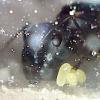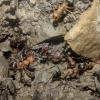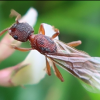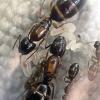I've acquired an ant species that I was told it was Aphaenogaster sp.
Nanitic size : 4mm
Queen size : 8mm
It was found in Hamilton ( Ontario, Canada ) as far as I know. It was found during a hiking, I was told, by a dirt road.
They would not stop moving due to light, so I am not able to take clear pictures. I did the best I could.
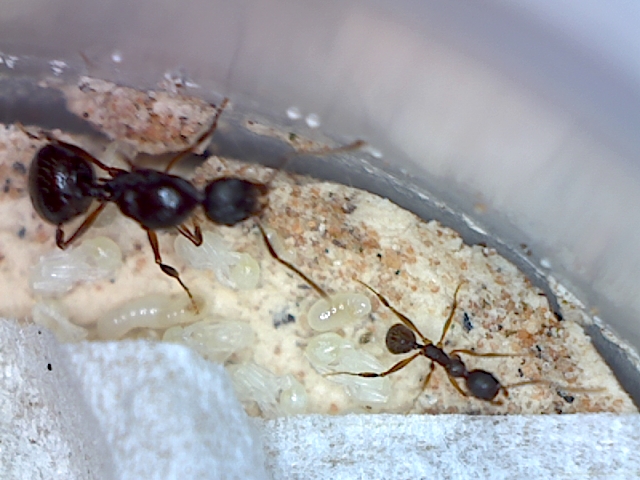
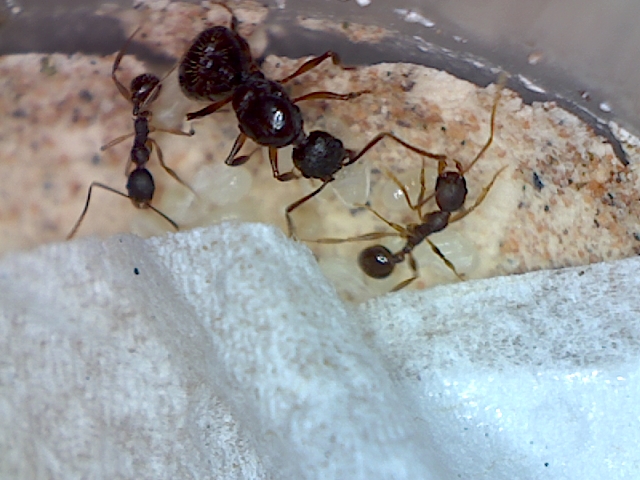
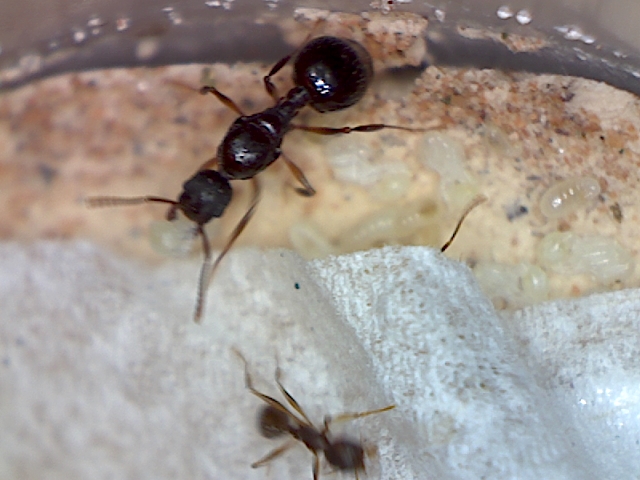
Edited by dean_k, January 28 2015 - 6:55 AM.


